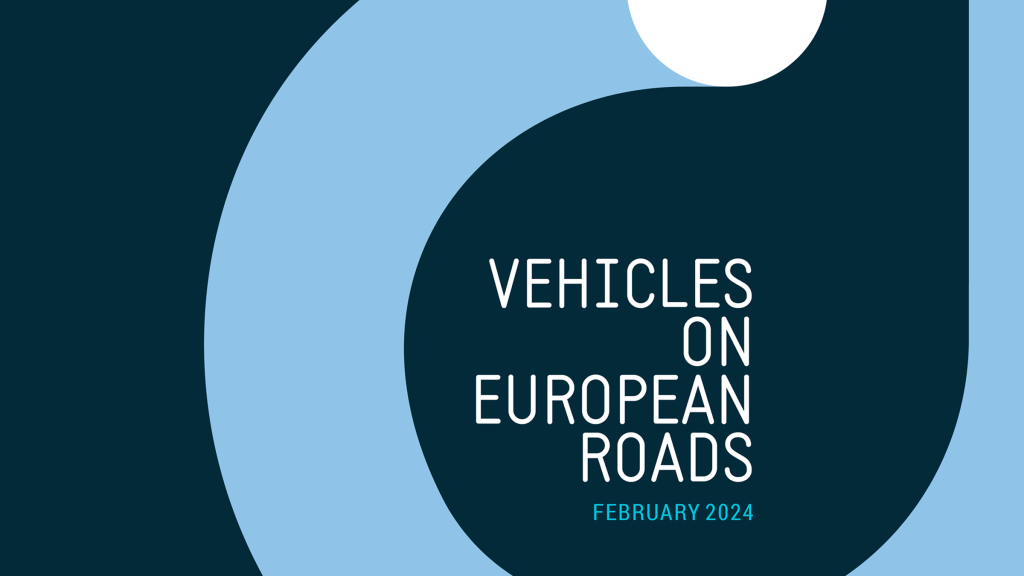Interactive map – Affordability of electric cars: Correlation between market uptake and annual net income
The market uptake of electrically chargeable vehicles (ECVs) is linked to annual net income, demonstrating that affordability is a significant factor in discouraging ECV consumer purchases.
Key findings from the latest ACEA data
- ECVs account for 21.6% of new cars registered in the EU in 2022, but they only have a market share of 9% or less in more than half of member states.
- In countries where ECVs have a market share of less than 9%, such as several Central and Eastern and Southern European countries, eg Greece, Italy, Poland and Croatia, the average annual net income is around €13,000 per worker.
- The highest shares (over 30%) are concentrated in just five Northern and Western European countries, where net annual income exceeds €32,000.
- In Sweden, where annual net income is over €35,000, more than half of newly registered cars are ECVs.
- In contrast, ECVs have a market share of just 4% in Bulgaria, where incomes are around €7,000.
- These figures confirm significant disparities in the affordability of ECVs between different regions of Europe, with Northern and Western Europe leading with the highest shares and Central and Eastern and Southern Europe representing the lowest shares.
Top 5 countries with LOWEST ECV share + Average annual net income
- Slovakia: 3.7% – €10,985
- Czech Republic: 3.9% – €13,836
- Bulgaria: 4,0% – €7,272
- Poland: 5,0% – €10,782
- Croatia: 5,0% – €10,391
Top 5 countries with HIGHEST ECV share + Average annual net income
- Sweden: 56.1% – €35,486
- Denmark: 38.6% – €39,274
- Finland: 37.6% – €33,155
- Netherlands: 34.5% – €40,312
- Germany: 31.4% – €32,850
Electrically chargeable vehicles account for 21.6% of new cars registered in the EU in 2022, but only have a market share of 9% or less in more than half of member states.
Editorial note
- ECVs include vehicles powered by electric batteries (battery electric vehicles or BEVs) and vehicles partially powered by electric batteries and petrol/diesel (plug-in-hybrid vehicles or PHEVs). ECVs do not include vehicles that are powered by fuel cells that use hydrogen (H2) and oxygen, otherwise known as fuel cell electric vehicles (FCEVs).
Content type
Figure
Vehicle types
All vehiclesPassenger cars


